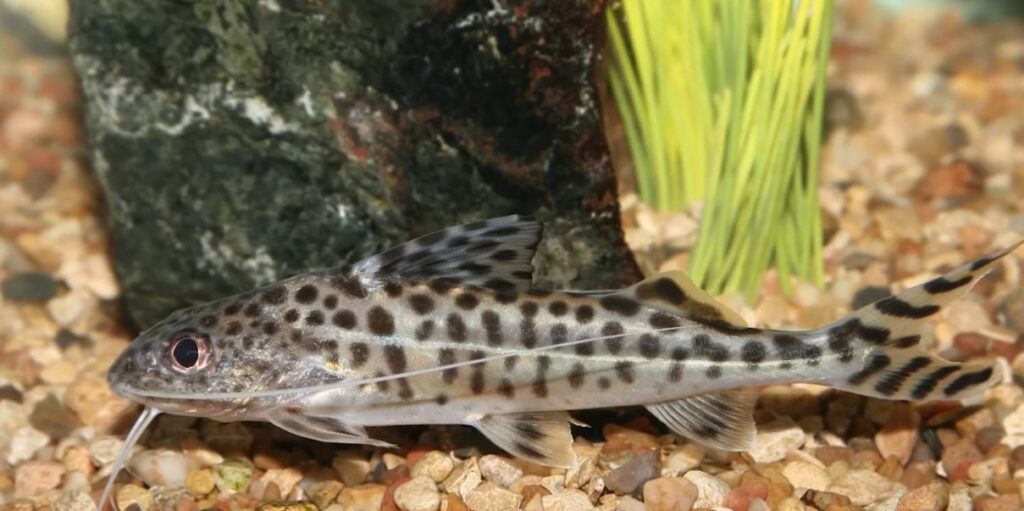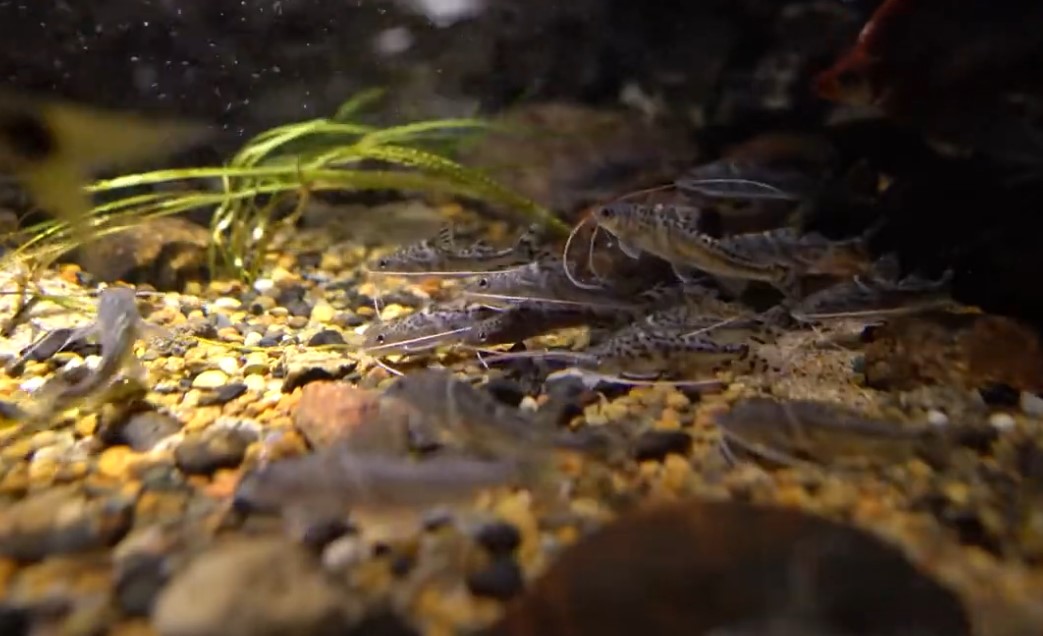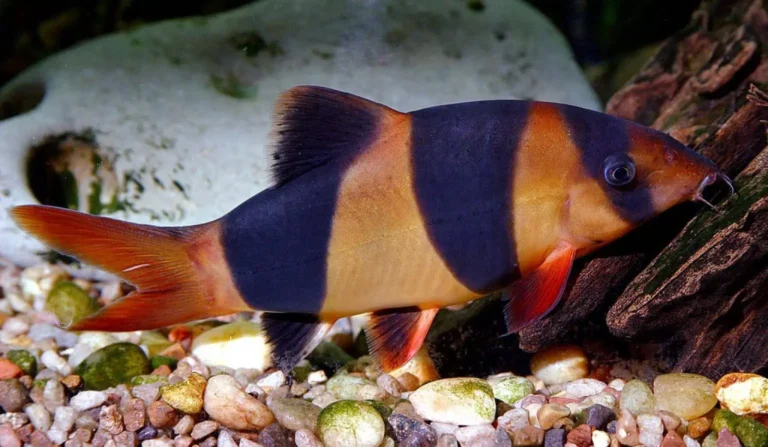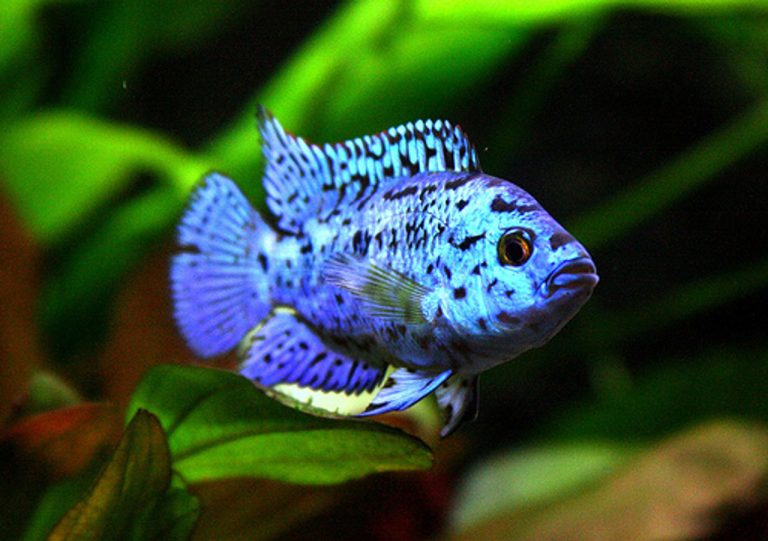Pictus Catfish Tank Mates
Pictus Catfish Tank Mates: Finding the Perfect Companions for Your Fish
Pictus catfish are known for their striking appearance and active nature**, making them popular choices for aquarium enthusiasts. However, finding suitable tank mates for these catfish can be challenging. Pictus catfish have specific needs and temperaments that must be considered when choosing companions to coexist peacefully in your aquarium. In this article, we will explore the various factors you should consider when selecting pictus catfish tank mates.
Understanding the Nature of Pictus Catfish
Before delving into tank mate compatibility, it’s important to understand the nature of pictus catfish. Pictus catfish are highly active fish that thrive in well-maintained aquariums with plenty of hiding spots and open swimming spaces. They are schooling fish and prefer to be kept in groups of at least three to five individuals.
Pictus catfish are primarily carnivorous and will eat small live or frozen foods, such as bloodworms, brine shrimp, and blackworms. They are also known to scavenge for food, so it’s crucial to ensure a balanced diet for them.

Given their active nature and dietary preferences, the ideal tank mates for pictus catfish should meet specific criteria:
1. Size: Pictus catfish can grow up to 5 inches in length, so tank mates should be able to withstand their occasional playful behavior. Avoid mixing them with smaller fish that can be intimidated or harassed by their energetic nature.
2. Swimming Level: Pictus catfish are mostly bottom-dwelling fish, constantly scouring the substrate for food. Tank mates that occupy different swimming levels will help create a harmonious environment in the aquarium. Consider fish that occupy the middle or upper levels of the tank, such as tetras or gouramis.
3. Temperament: Pictus catfish are generally peaceful, but they can become territorial if overcrowded or if there are disputes over territory or food. Choosing tank mates with similar temperaments will reduce the chances of aggression or stress in the aquarium.
4. Water Parameters: Pictus catfish prefer slightly acidic to neutral water conditions with a pH between 6.5 and 7.5. When selecting tank mates, ensure that their water parameter requirements align with those of the pictus catfish for optimal health and well-being.
Now that we understand the requirements for pictus catfish tank mates, let’s explore some suitable companion options:
1. Tetras: Tetras are a popular choice for community aquariums due to their easy-going nature and vibrant colors. Fish such as neon tetras or rummy-nose tetras make excellent tank mates for pictus catfish, as they are peaceful and prefer to swim in the middle or upper levels of the tank.
2. Corydoras Catfish: Corydoras catfish, also known as “cory cats,” are bottom-dwelling fish that share a similar temperament to pictus catfish. They are peaceful and spend most of their time scavenging the substrate for food, making them exceptional companions in an aquarium.
3. Angelfish: Angelfish are larger, semi-aggressive fish that can coexist with pictus catfish as long as there is ample space in the tank. Avoid pairing them with smaller angelfish, as they may become territorial. However, larger angelfish can add a majestic touch to your aquarium while cohabitating peacefully with pictus catfish.
4. Gouramis: Gouramis are labyrinth fish known for their vibrant colors and peaceful nature. They prefer to inhabit the upper levels of the tank, creating a harmonious balance when paired with pictus catfish. Moonlight gouramis or dwarf gouramis are excellent choices for community aquariums.
5. Plecos: Plecos, also known as suckerfish, are bottom-dwelling fish that can coexist with pictus catfish. They are peaceful and help keep the tank clean by consuming algae. However, keep in mind that some species of plecos can grow quite large, so choose a suitable size that won’t outgrow your aquarium.
6. Livebearers: Livebearer fish, such as platies or swordtails, can make compatible tank mates for pictus catfish. They are peaceful and adaptable to a community aquarium environment. Moreover, livebearers are prolific breeders, providing an interesting spectacle for your tank.
7. Rainbowfish: Rainbowfish are known for their vibrant colors and peaceful demeanor. These fish generally occupy the middle and upper levels of the tank, creating a visually appealing and balanced community aquarium when paired with pictus catfish.
Frequently Asked Questions
1. Can pictus catfish be kept alone?
While pictus catfish are social fish that thrive in groups, they can be kept alone. However, it’s important to provide plenty of hiding spots and enrichment in the tank to prevent them from getting bored or stressed.
2. Are pictus catfish aggressive towards other fish?
Pictus catfish are generally peaceful. However, they may become territorial or exhibit aggressive behavior if they feel threatened or overcrowded. Providing enough space and suitable tank mates will help mitigate any potential aggression.
3. Can pictus catfish be kept with shrimp or snails?
Pictus catfish may view shrimp or snails as potential snacks, especially if they are small in size. It’s best to avoid keeping them together unless you are prepared for potential losses.
Final Thoughts
Choosing the right tank mates for your pictus catfish is essential for creating a harmonious and thriving community aquarium. By considering the size, swimming level, temperament, and water parameters of potential tank mates, you can ensure a peaceful and enjoyable environment for your pictus catfish and their companions. Remember to always research and monitor compatibility before introducing new fish into your aquarium. Happy fishkeeping!






